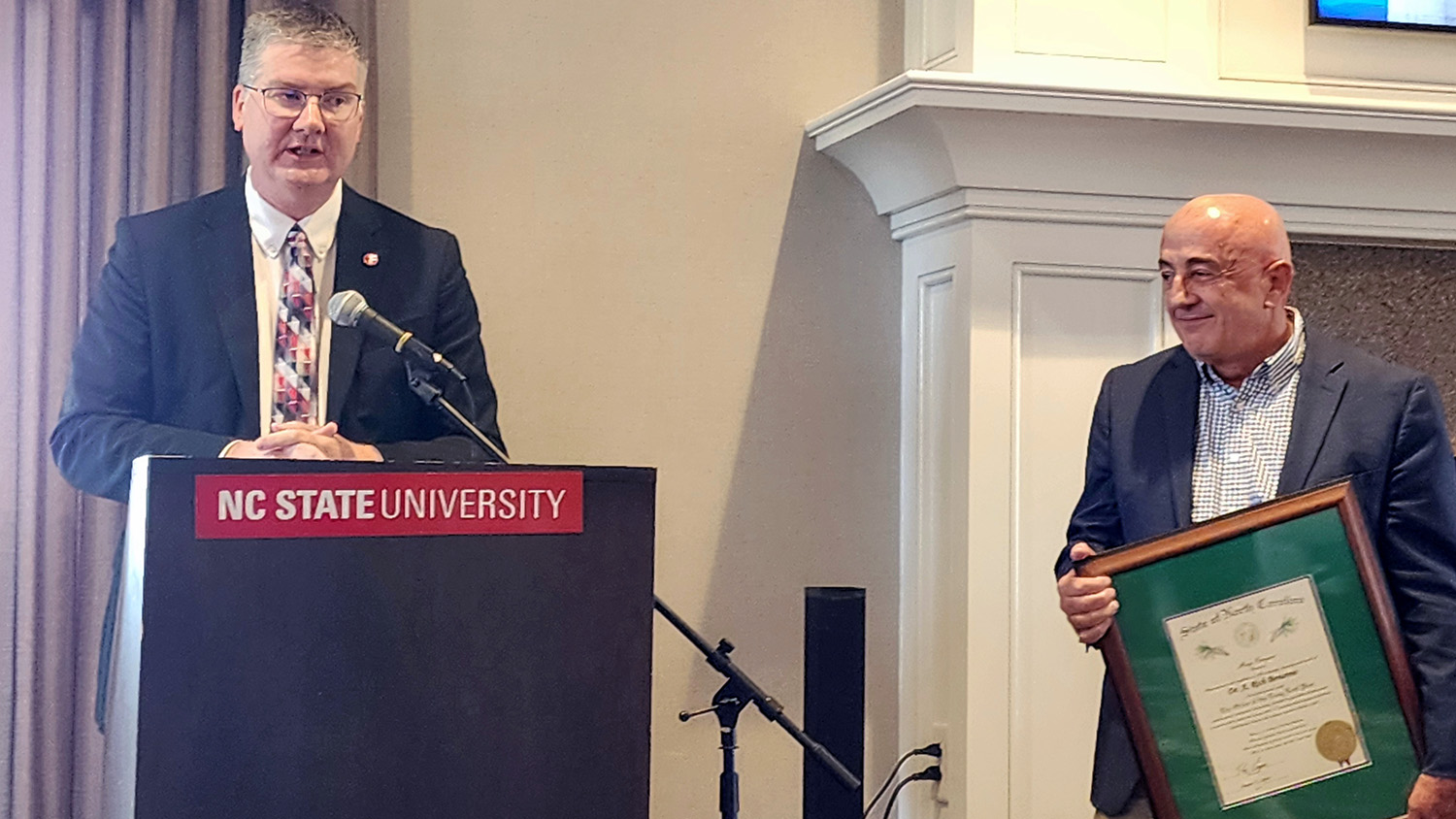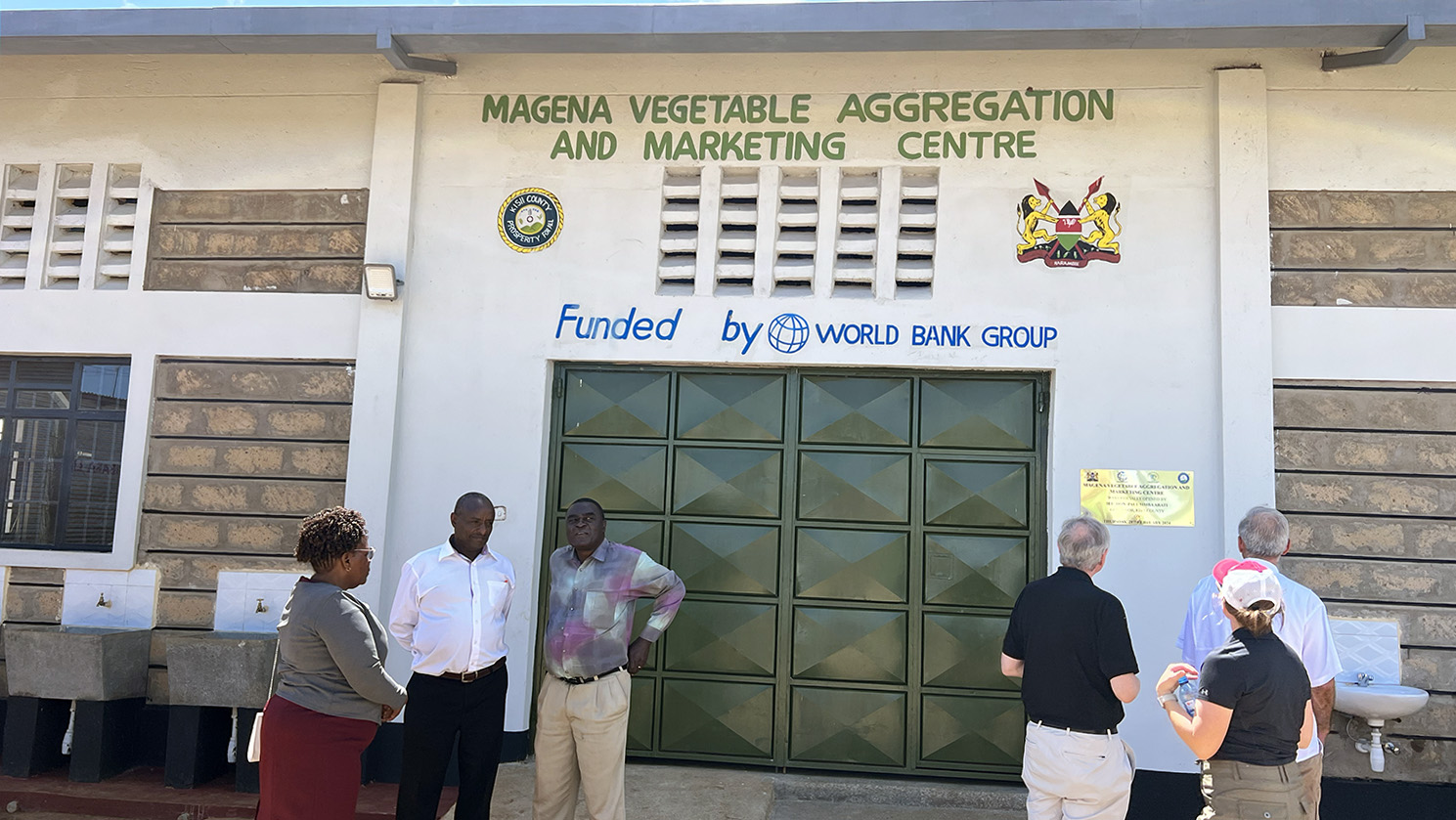Economic Perspective: Alternative Unemployment Rates

https://soundcloud.com/user-653135353/alternative-unemployment-rates
MARY WALDEN:
“Today’s program looks at alternative unemployment rates. Mike, among the various measures of the economy, probably the one that receives the most attention is the unemployment rate, but as you have often explained there are actually several measures of unemployment. Review where we stand today on those various jobless counts.”
MIKE WALDEN:
“And this can be very, very confusing. I do talks all around the state, even to the what I’ll call ‘sophisticated business groups’. They’re not really aware that there are actually several measures of unemployment rate, and I get peppered with a lot of questions about this. So, let me identify those, and show you how they have changed.”
“The unemployment rate that gets the most attention, we call it the ‘headline rate’. It’s a very, very particular unemployment rate in that for someone to be counted as unemployed they have to not have a job, they have to, number two, want a job and number, and this is crucial, they have to have tried to get a job; that is look for a job in the last month. If they don’t, they’re not counted as unemployed. Now given that, we have seen those rates come down. Right now, the U.S. rate is around 4.3 percent, North Carolina slightly higher.”
“Now a second rate the government puts out, these are not hidden, we’ll go back to that first rate and say, ‘Well if you want a job, but just didn’t look we are going to count you as unemployed.’ So when you do that for example, that bumps the current rate up to about five five and a half percent. So you add about a percentage point to that headline rate.”
“And then lastly, there’s an attempt to measure what’s called ‘underemployed worker’. These are people that are working part-time, but they really don’t want to work part-time. They’d really rather have a full-time job, but they can’t find one. So the government calls these folks ‘underemployed’, and they’re right now, you would bump the headline rate up – you’d almost double it. They’d be up in the mid-eight’s right now rather than the low to mid four percent.”
“So you can see what a difference the different measures of the unemployment rate mean, but all of them, all of them, are much, much better now than they were at the height of the Great Recession in 2010.”
Mike Walden is a William Neal Reynolds Distinguished Professor and Extension Economist in the Department of Agricultural and Resource Economics at North Carolina State University who teaches and writes on personal finance, economic outlook and public policy.
- Categories:


